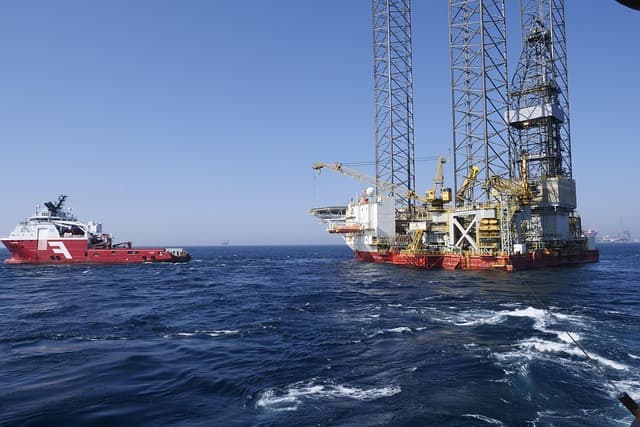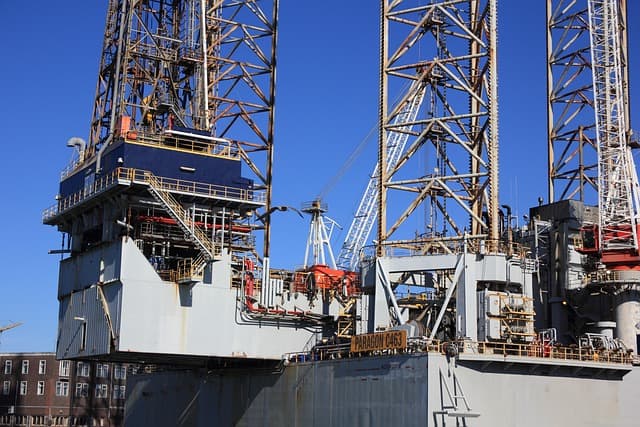In the age of digitalization, offshore oil and gas infrastructure is increasingly vulnerable to cyber threats. From autonomous drilling rigs to remote production control, every digital point can become an entry point for hackers. The consequences of such attacks can be catastrophic, from production shutdowns to environmental disasters.
Real-life incidents: when a cyberattack paralyzes a platform
In 2021, Colonial Pipeline, the largest pipeline system in the United States, was forced to suspend operations due to a ransomware attack. Hackers from the DarkSide group stole 100 GB of data and demanded a ransom of $4.4 million.The fuel shutdown caused gasoline and diesel shortages on the US East Coast, leading to panic buying and price hikes .
In another case, a mobile drilling rig in the Gulf of Mexico lost control due to a malware infection that disabled signals to dynamic positioning devices. This occurred after workers connected infected personal devices to the platform’s control systems .
Who is attacking and why?
Cyber threats come from both criminal groups and government entities. For example, the Iranian group CyberAv3ngers, a group affiliated with the Islamic Revolutionary Guard Corps, has attacked industrial control systems in various countries, including the United States, Ireland, and Israel, using the IOControl malware .
Why are offshore platforms particularly vulnerable?
- Isolation and remoteness: Limited access to on-site cybersecurity experts.
- Complex and outdated systems: Many platforms utilize outdated operating systems and software not designed for today’s threats.
- Human factors: Connected personal devices and lack of staff awareness of cyber threats increase risks.
How do you protect an oil platform from cyberattacks?
- Network segmentation: Separating corporate and production networks reduces the risk of malware proliferation.
- Software updates: Regular updates and patches close known vulnerabilities.
- Staff training: Conduct cybersecurity training and learn how to recognize phishing attacks.
- Monitoring and auditing: Continuous monitoring of network traffic and regular security audits.
- Incident Response Plan: Developing and testing a plan of action in the event of a cyberattack.
Conclusion
The offshore oil and gas industry is facing increasing cyber threats that can lead to serious consequences. A comprehensive approach to cybersecurity that includes technical measures, staff training, and collaboration with government agencies is key to protecting critical infrastructure from hackers.



